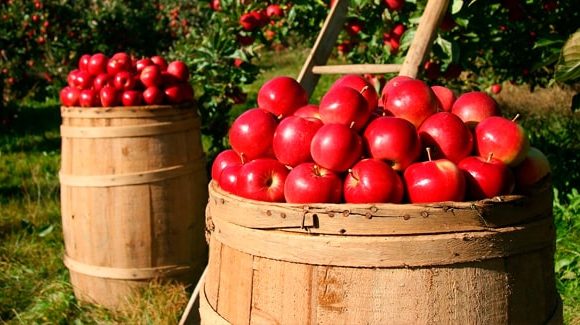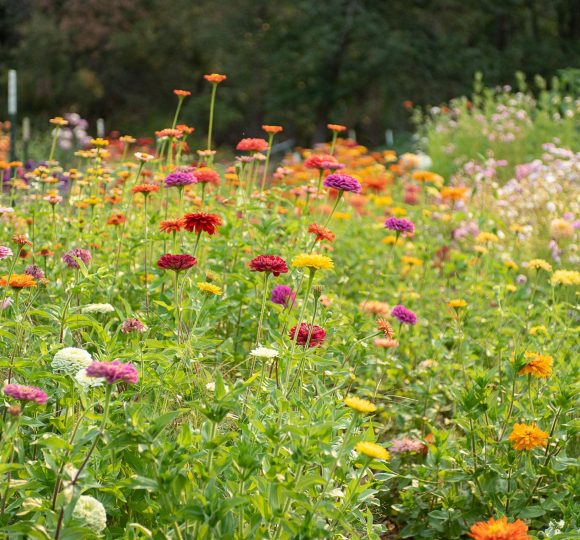Cultivation of corn and soybeans in the United States reached record high levels following the biofuels boom of the late 2000s. Debate exists about whether the expansion of these crops caused conversion of grasslands and other carbon-rich ecosystems to cropland or instead replaced other crops on existing agricultural land. Researchers tracked crop-specific expansion pathways across the conterminous US and identified the types, amount, and locations of all land converted to and from cropland, 2008–2012. They found that crop expansion resulted in substantial transformation of the landscape, including conversion of long-term unimproved grasslands and land that had not been previously used for agriculture (cropland or pasture) dating back to at least the early 1970s. Corn was the most common crop planted directly on new land, as well as the largest indirect contributor to change through its displacement of other crops. Cropland expansion occurred most rapidly on land that is less suitable for cultivation, raising concerns about adverse environmental and economic costs of conversion. Results of the study reveal opportunities to increase the efficacy of current federal policy conservation measures by modifying coverage of the 2014 US Farm Bill Sodsaver provision and improving enforcement of the U.S. Renewable Fuels Standard.
Publications
Cropland Expansion Outpaces Agricultural and Biofuel Policies in the United States
Links
Author
Tyler J. Lark, J. Meghan Salmon, Holly K. Gibbs
Publisher
Madison, WI: Nelson Institute Center for Sustainability and the Global Environment (SAGE), University of Wisconsin-Madison
Page Numbers
12
Publication Date
April 02, 2015
Publication Type
Reports and Guides
State
National
Keywords
Agricultural Statistics, Federal Farmland Protection Policies & Programs, Land Use Changes





